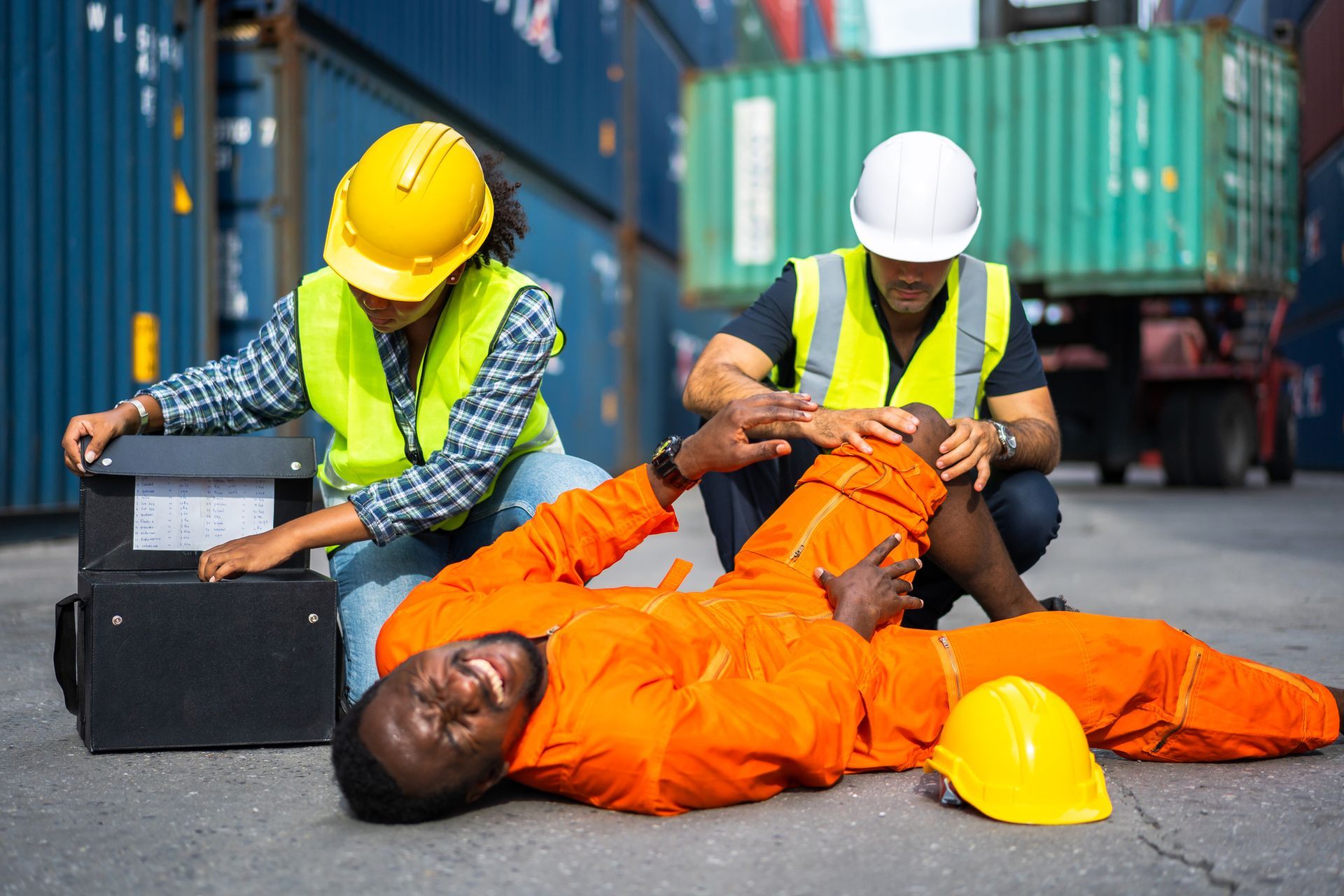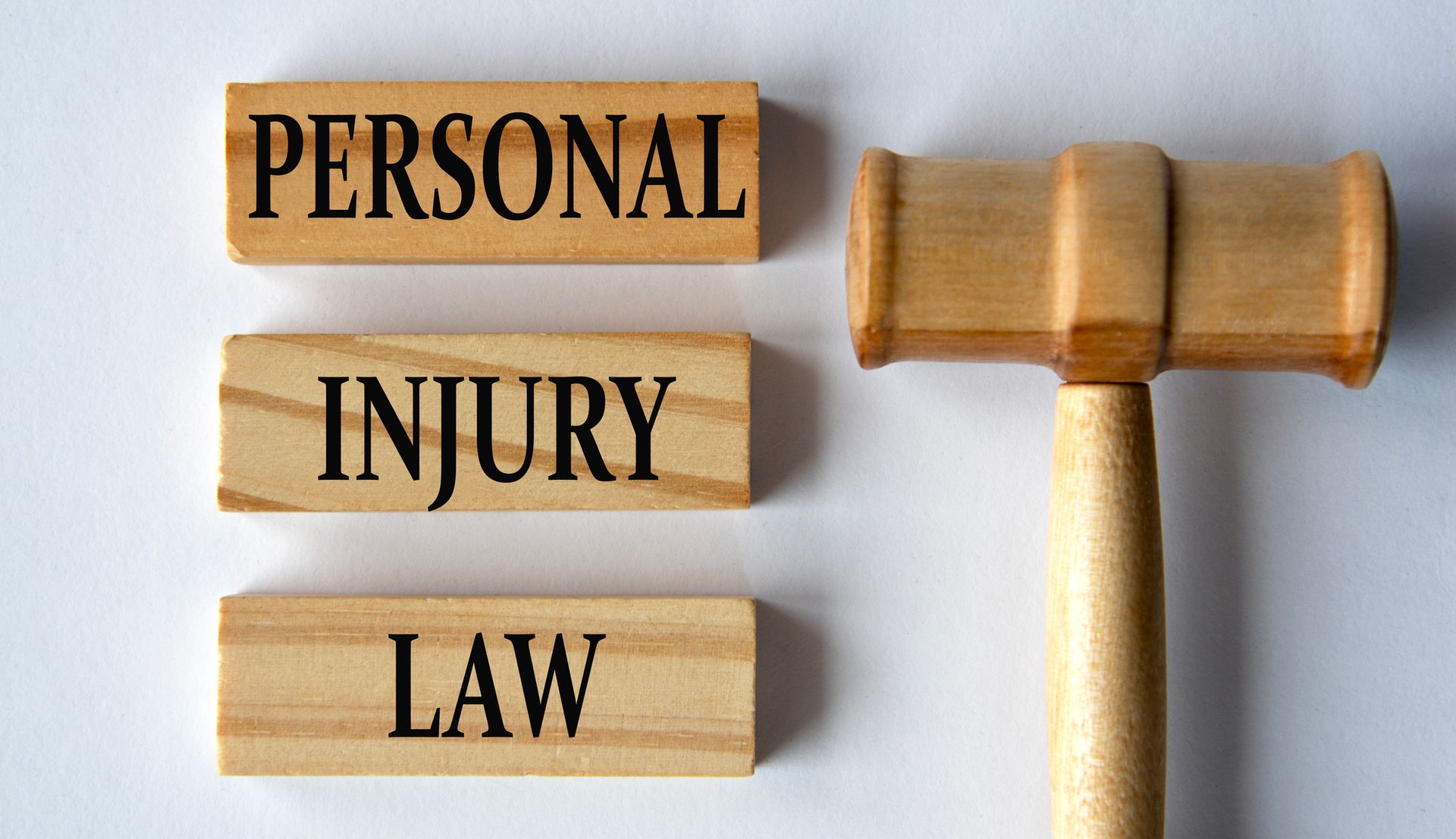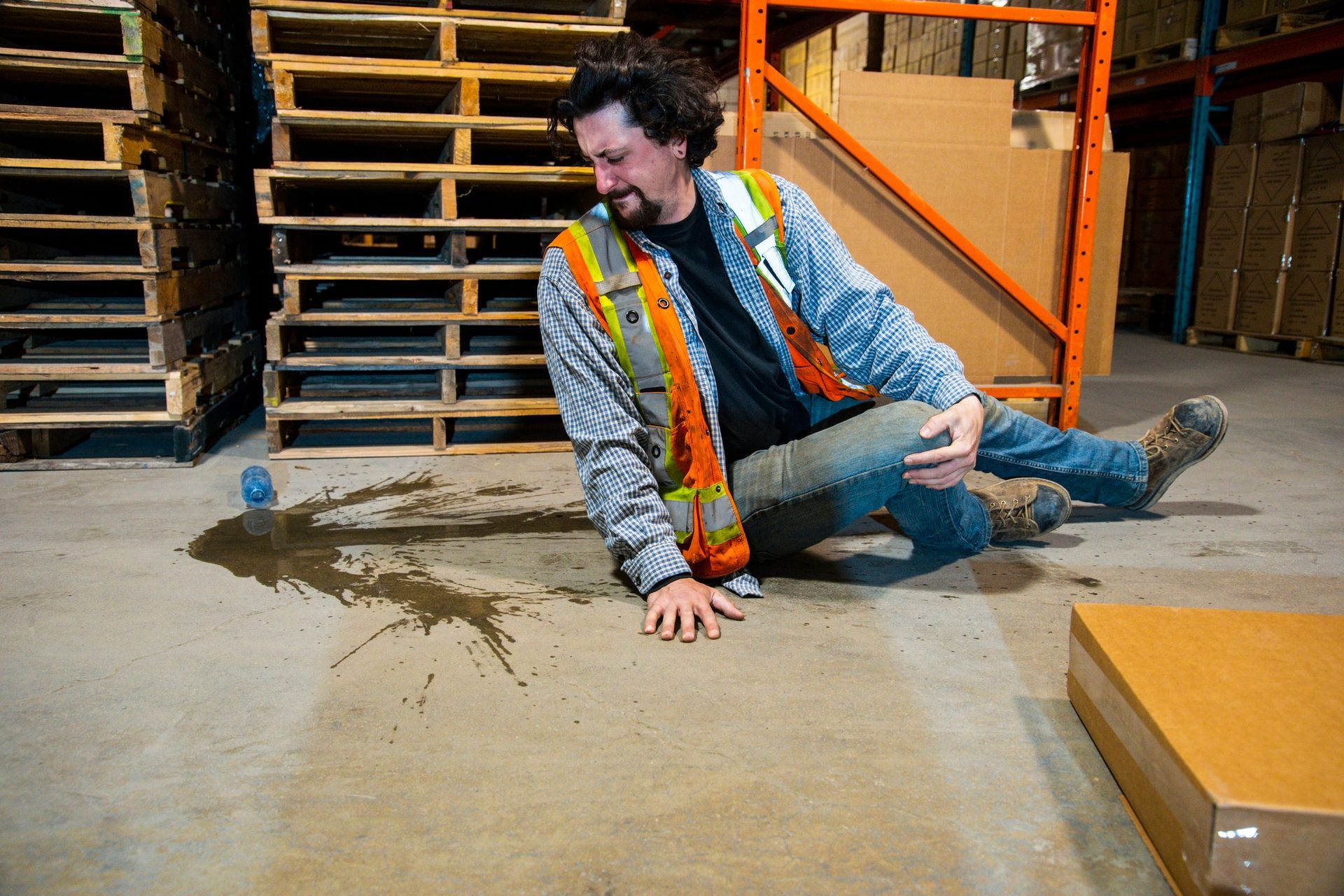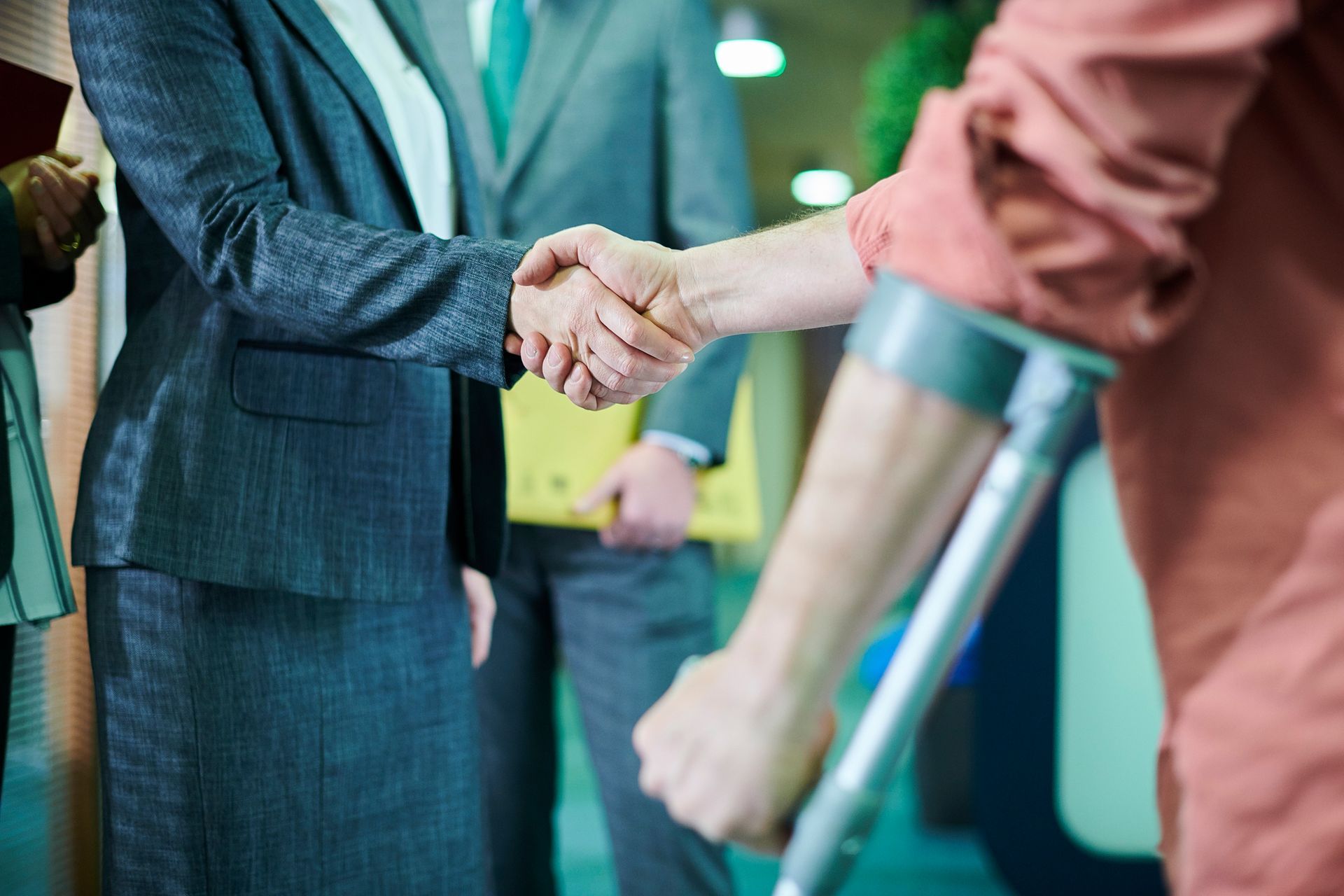Springtime Cycling: What You Need to Know
SOME STARTLING STATISTICS
The arrival of spring means more people are riding bicycles. The current surge in gas prices gives an added incentive to cycle rather than drive. However, the increase in cyclists on the roadways unfortunately means an increase in accidents between cyclists and motor vehicles. According to the National Safety Council, the number of preventable deaths from bicycle transportation incidents increased 6% in 2019 and has increased 37% in the last 10 years, from 793 in 2010 to 1,089 in 2019. At the same time, the number of preventable nonfatal injuries has declined 40%, from 515,861 in 2010 to 308,864 in 2019. However, the number of preventable nonfatal injuries did increase 7% in 2019 from 2018. Even a low-speed collision between a car and bicycle can result in catastrophic or deadly injuries to the rider, while car drivers often leave the scene of the crash unscathed. Unlike car drivers, bicyclists have very little protection in the event of a collision, which is why they are considered some of the most vulnerable road users.
In Georgia, forty- four percent (347 out of 793) of all statewide bicycle crashes and 38 percent (33 out of 88) of all bicyclist serious injuries and fatalities occurred within five counties—the top 5 urban counties. Most accidents occurred away from intersections (78%), and in the evening hours (86%). The 55-64 year old age group had the highest number of bicyclist fatalities, with the 15-20 year old group a close second. For more statistics on Georgia bicyclist accidents, see: Georgia Traffic Safety Facts, shepherd.org.
COMMON CAUSES OF ACCIDENTS
Some of the most common causes of bicycle accidents are:
- hitting the opening door of a parked car
- being brushed by a passing car or truck, and
- being struck by a motor vehicle turning right.
In general, a bicycle has as much right to the roadway as a motor vehicle. Unless a specific law (some of these are discussed below) directs otherwise, a cyclist may ride in the middle of a traffic lane and must be afforded the same rights-of-way as motor vehicles. One of the most common causes of bicycle accidents is collision with a car turning right. While making a right turn, a car passes through the path of a cyclist, whether the cyclist is traveling in a traffic lane or in a bike lane. Some of these accidents happen when a car passes a cyclist, then slows down while turning right, moving directly into the path of a bicyclist who has nowhere to turn. Alternatively, a motorist simply turns right directly into a cyclist without seeing (and often without looking for) the bike.
“SIDE OF THE ROAD” LAWS AND BIKE LANES
If a cyclist is not riding as fast as current motor vehicle traffic, the cyclist must ride as far to the right side of the road as possible. (On one-way streets, the cyclist may instead ride to the far left.) If a special bike lane is provided, usually on the far right of the roadway, a cyclist is required to use it. A bicyclist may leave the side of the road or the bike lane:
- if the cyclist keeps up with moving traffic
- if the lane is too narrow to share safely with passing cars
- to make a left turn, or
- to avoid debris or other road hazards.
Given that side-of-the-road rules force cyclists to share lanes with passing traffic, a companion rule requires motor vehicles to maintain a safe space while passing. Three feet is sometimes stated as a safe distance, though it is extremely difficult to be that precise when reconstructing an accident. The problem of sufficient passing space is particularly acute with trucks, buses, and large SUVs.
Because a bicyclist has as much right to the road as does a motorist, a motor vehicle coming up behind a cyclist has a responsibility not to pass unless and until it is safe to do so. The motorist may need to slow down and wait until there is enough space, or change lanes. Except for moving to the far right of the lane, it is not the cyclist's duty to stop or otherwise get out of the motorist's way.
SAFETY TIPS FROM THE NHTSA
Be focused and alert to the road and all traffic around you; anticipate what others may do, before they do it. This is defensive cycling—the quicker you notice a potential conflict, the quicker you can act to avoid a potential crash:
- Cycle with the flow, in the same direction as traffic.
- Obey street signs, signals, and road markings, just like a car.
- Assume the other person doesn’t see you; look ahead for hazards or situations to avoid that may cause you to fall, like toys, pebbles, potholes, grates, train tracks.
- No texting, listening to music or using anything that distracts you by taking your eyes and ears or your mind off the road and traffic.
Because many serious injuries from accidents between bicyclists and motor vehicles involve the head, such as traumatic brain injury and facial and head cuts/abrasions, wearing a helmet is a key safety precaution. In Georgia, all bicyclists under 16 years old are required to wear an ANSI compliant helmet. People over 16 are not required but are strongly advised to wear helmets. See, Title 40, Chapter 6 of the Georgia Code for Georgia laws regarding bicyclists.
RECOVERY FOR ACCIDENTS
Recovery of damages for injuries sustained in a bicycle accident depends on who is at fault and the type of injuries. Being partially at fault will not necessarily preclude recovery, although it might lessen the amount of compensation received since Georgia has a comparative negligence system. If you have been involved in an accident with a motor vehicle, contact Dave Thomas at The Thomas Law Firm for a free evaluation of your claim.







